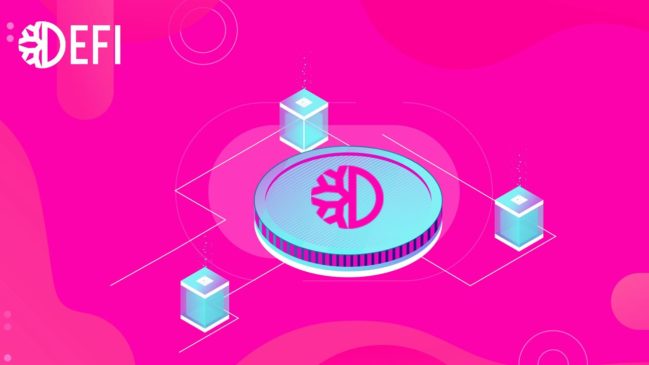Fintech, defined by technologies meant to empower the masses through the ubiquitization of financial services, has failed. In a world of record wealth inequality, it has served only to further enrich the already powerful – the bankers, the politicians, and the insiders. Meanwhile, everyday people are alienated, left hopeless in regards to their financial futures.
Through stagnant wages and rising prices, those lucky enough to participate in the system watch their quality of life erode. For the majority of the world, those without any access to financial services whatsoever, even first-world givens such as stable pay and housing are distant privileges.
It is clear that a new system is needed, one free of centralized control and power — one in which the people hold their financial futures in their own hands.
The DeFi Revolution
DeFi, or Decentralized Finance, is a new financial system that is being built by decentralized networks of individuals that have decided to provide financial services directly to each other.
Cryptocurrency technologies such as blockchains and smart contracts enable DeFi platforms to operate trustlessly – financial agreements are enforced by code instead of centralized authorities like banks, or middle-men like escrow agencies. Thanks to trustlessness, DeFi platforms can provide innovative and fairer financial services to all:
- Staking is the act of locking up one’s tokens to validate transactions in a cryptocurrency network, in return earning a reward that typically ranges in the 5%-15% APR range, much higher than the 0.01% APR average provided by traditional savings accounts.
- Decentralized exchanges allow users to anonymously purchase cryptocurrencies. Decentralized exchanges built using the latest DeFi protocols also allow users to purchase tokenized shares of stocks.
- Decentralized exchanges depend on users to provide liquidity. Users can do so by depositing pairs of tokens that can be used by others to perform swaps. This process is called liquidity mining, and can offer APR rewards in the hundreds of percentage points.
- Decentralized loan platforms eliminate counterparty risk through smart contracts and over-collateralization, allowing lenders and borrowers to cooperate without middle-men. The lack of middle-men eliminates the need for records of creditworthiness, and ensures that rates are fair for all parties.
Together, these services replace the old and inefficient forms of saving, investing, trading, and financing. Further, because they are decentralized and trustless, access to these services is open to all. Decentralized finance does not discriminate against anybody. Users safely cooperate without knowledge of each others’ identities, free of bias.
Though its potential is limitless, DeFi has not yet reached mass adoption. This is largely due to three factors: a lack of public awareness, a lack of understandable educational content, and poor user-friendliness on the side of most DeFi platforms.
DeFiChain, a DeFi platform that is dedicated to creating financial services that are accessible to everyone, is solving these issues. DeFiChain provides solutions that are easy to use, such as their all-in-one DeFi mobile app, which enables users to transact, liquidity mine, and trade both cryptocurrencies and shares.



